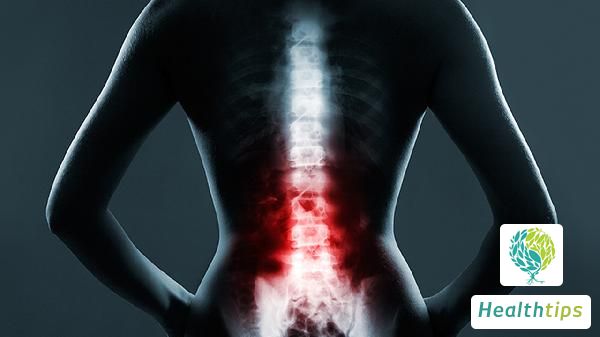What is Hip Impingement Syndrome?
1. Hip impingement syndrome, also known as femoroacetabular impingement (FAI) syndrome, is caused by developmental abnormalities of the hip joint, damage to the acetabular edge, or excess bone growth on the femoral head, which leads to damage to the internal structures of the hip joint, resulting in pain and discomfort. The main clinical manifestations include pain in the inguinal region, which intensifies after activity or prolonged sitting, becoming intermittent and later persistent. The lesion is often unilateral. Physical examination reveals limited hip motion and a positive impingement test. Other possible symptoms include a sense of joint catching, joint locking, and joint crepitus.

2. Additionally, many patients experience significantly increased pain after sitting for long periods, climbing stairs, getting in and out of cars, putting on shoes and socks, or performing hip rotation movements. Hip impingement syndrome generally does not have a clear history of trauma and predominantly affects young and middle-aged adults. As the pain progresses, it may spread to the lower back, sacroiliac joint, buttocks, and femoral head prominence. The hip joint may feel locked, crepitate, and unstable. This manifests as pain or a locking sensation in the hip joint when changing positions, but normal function returns after a short period of activity.



















